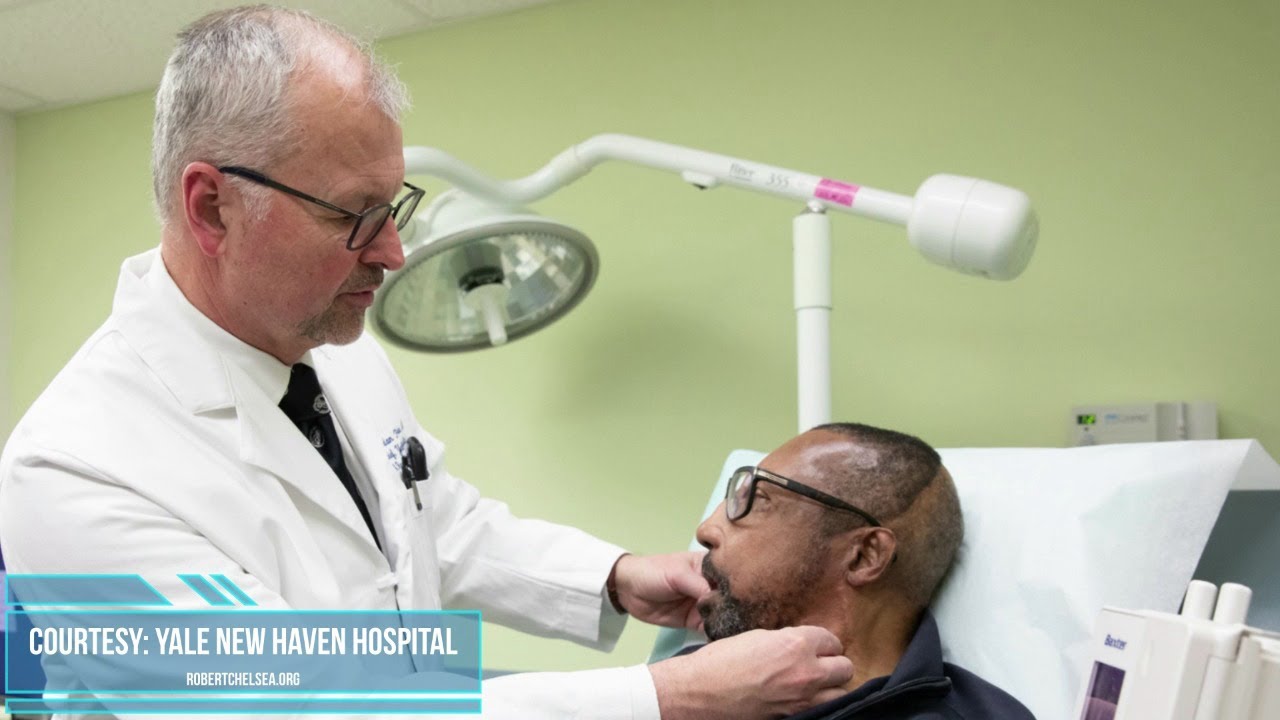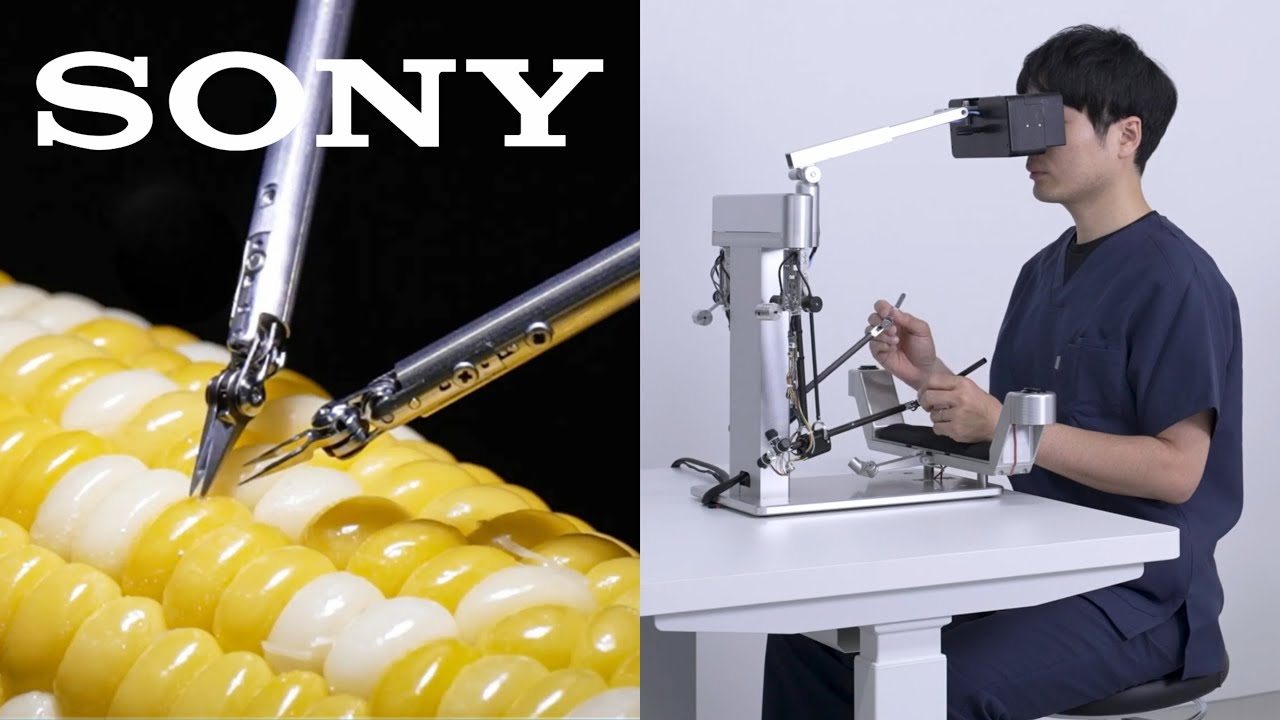Staples are an important tool in post-surgery healing, but while they can hold skin together securely, they also damage the skin in the process and sometimes offer opportune conditions for infection to occur. While a 2016 study found no significant difference in infection rates between using traditional sutures versus staples, at least one research team feels the surgical staple has room for improvement.
Jeffrey Karp, PhD, biomedical engineer and leader of the Karp Lab, which collaborates with Brigham and Women’s Hospital, Harvard Medical School, and MIT, is working on a new type of medical suture that combines the unique qualities of a North American porcupine quill with the currently ubiquitous surgical staple.






